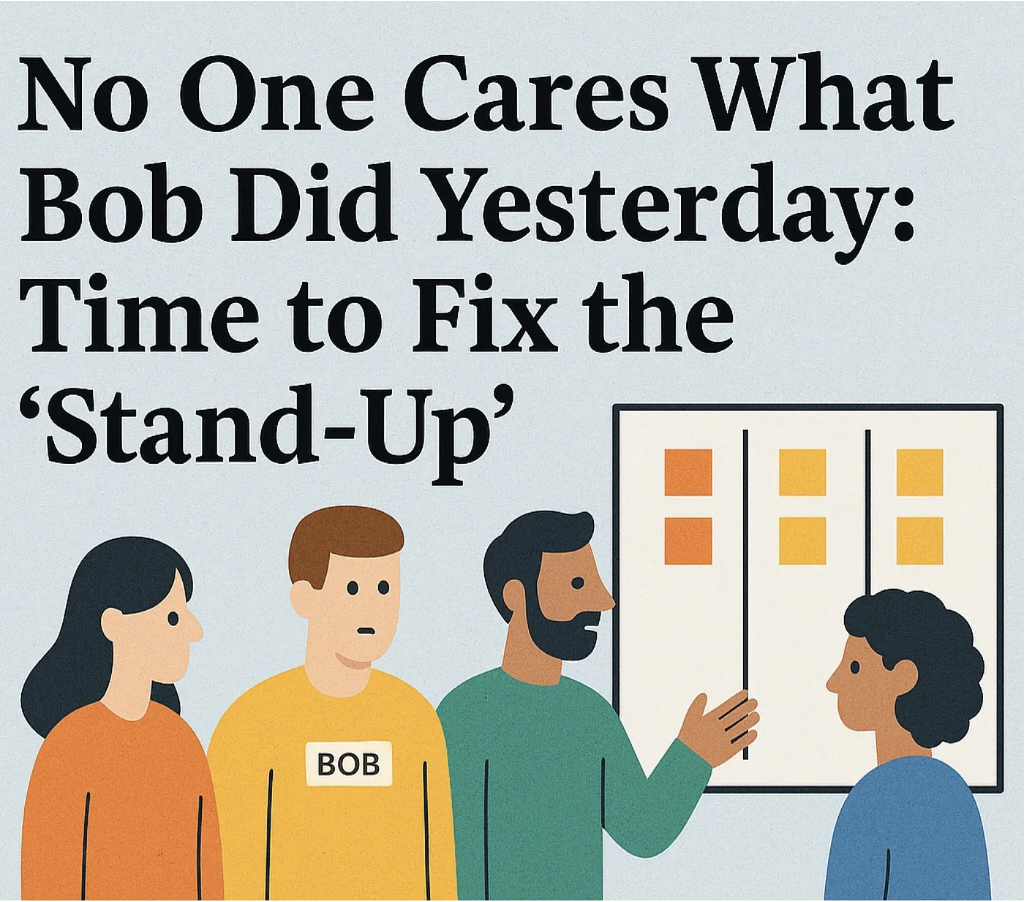Three More Things You Probably Have Wrong About Kanban
Kanban is a strategy known for its flexibility and efficiency in managing work, but too often faces misconceptions that hinder its adoption, application, and success. Today, we're going to clarify three more common misconceptions about Kanban, and shine a light on its wide applicability, the flexibility of its simple practices, and the strategic advantages it offers over more complex agile approaches.
1. Misconception: Scrum is Better for New Teams
Debunked: A very common belief is that Scrum is inherently better suited for teams new to agile methodologies, primarily due to its structured framework. The Scrum Guide even states, "Scrum is simple to understand but difficult to master," a sentiment that underscores the challenges teams often face in fully realizing its benefits. This notion of difficulty in mastering Scrum, despite its initial simplicity, often means many teams never fully realize the benefits and ultimately give up trying.
In contrast, Kanban is a compelling alternative, especially considering it does not require any changes to current roles or processes. This is an attractive option for teams looking to adopt agile practices without the steep learning curve and rigid structures associated with Scrum. Unlike Scrum, which requires a fundamental shift in work processes and roles from day one, Kanban allows teams to understand, evaluate, and improve their workflow incrementally, making it a easier approach to grasp and excel at sooner.
Kanban's approach of visualizing work, limiting work in progress, and continuously improving processes can be particularly beneficial for new teams. These practices enable teams to gain immediate insights into their workflow, identify bottlenecks, and make iterative improvements specific to their local context without the need for mastering complex agile events or time consuming ceremonies. This ease of adoptions and the ability to see quick results can be incredibly motivating and helpful for teams just beginning their agile journey.
2. Misconception: Kanban Boards Need to Have WIP Limits for Every Column
Debunked: Another common misconception is that to be effective, every column on a Kanban board must have a strict WIP limit. While controlling WIP is a core component of Kanban, offering a mechanism to prevent bottlenecks and encourage focus, how you exercise this control can be flexible and adapted to the team’s context and maturity.
WIP limits are meant to be guidelines that help teams manage their capacity and improve flow. In some cases, especially when a team is new to Kanban or when the nature of work is highly variable, it might be more practical to start with one limit for the entire board. Teams can then experiment and gradually introduce WIP limits to stages of their workflow as they gain more insight into their bottlenecks and capacity.
The key is to use WIP limits as a tool for continuous improvement rather than as rigid rules. Teams might find that certain columns, such as those for tasks awaiting external input, do not benefit from strict limits, while others that are highly specialized, like development tasks, do. The process of adjusting WIP limits should be collaborative and based on regular retrospectives to review the impact of changes on core flow metrics.
3. Misconception: Kanban Requires Classes of Service
Debunked: The idea that Kanban requires the implementation of classes of service (CoS) can be intimidating for teams considering its adoption. Classes of service are a way to categorize work items according to their priority, risk, and value, enabling more nuanced decision-making about how work is managed and prioritized.
While using CoS can seem like an easy way to manage diverse priorities effectively, it often comes at a high cost- pausing other work in progress. Think of all of the places you have been that offer an expedited line (I’m looking at you Disney!). What does that do to all the other people waiting?
Instead, teams should look to implement Kanban with a simple, straightforward board and process, focusing on visualizing work, limiting WIP, and improving flow in a way that will allow them to adjust to new priorities with speed and ease. This means that it's easy to identify which work is closest to moving to done so that new (and often urgent) work is easily pulled in.
Something Simple Might Be More Effective
As we debunk these misconceptions, it becomes clear that Kanban's strengths lie in its flexibility, adaptability, and simplicity. While it is far from being a one-size-fits-all solution, Kanban encourages teams to adapt its workflow to their specific context, gradually refining their processes and policies to achieve better flow of value.
Whether you're exploring Kanban for the first time or looking to deepen your understanding, remember that the journey to “mastering” Kanban is one of experimentation, learning, and adaptation. Adopting this strategy has the potential to transform how your team works without requiring a complete overhaul of how you work now or waiting years to see if you are doing it right.
Engaging with the broader Kanban community can provide valuable stories, real world examples, and encouragement as you navigate your Kanban journey. For more insights into effectively implementing Kanban and making the most of it right away, visit https://prokanban.org



